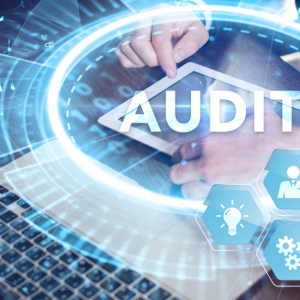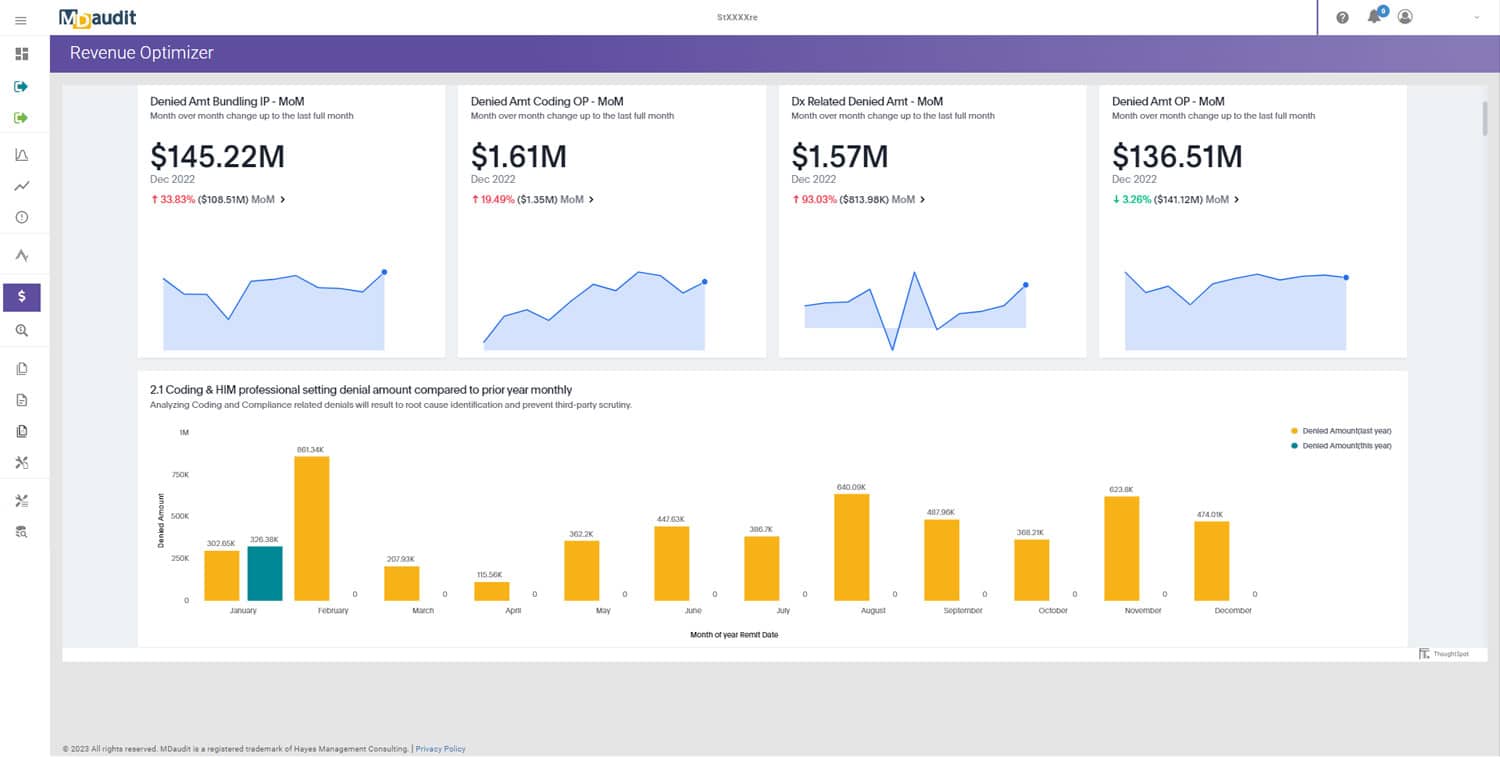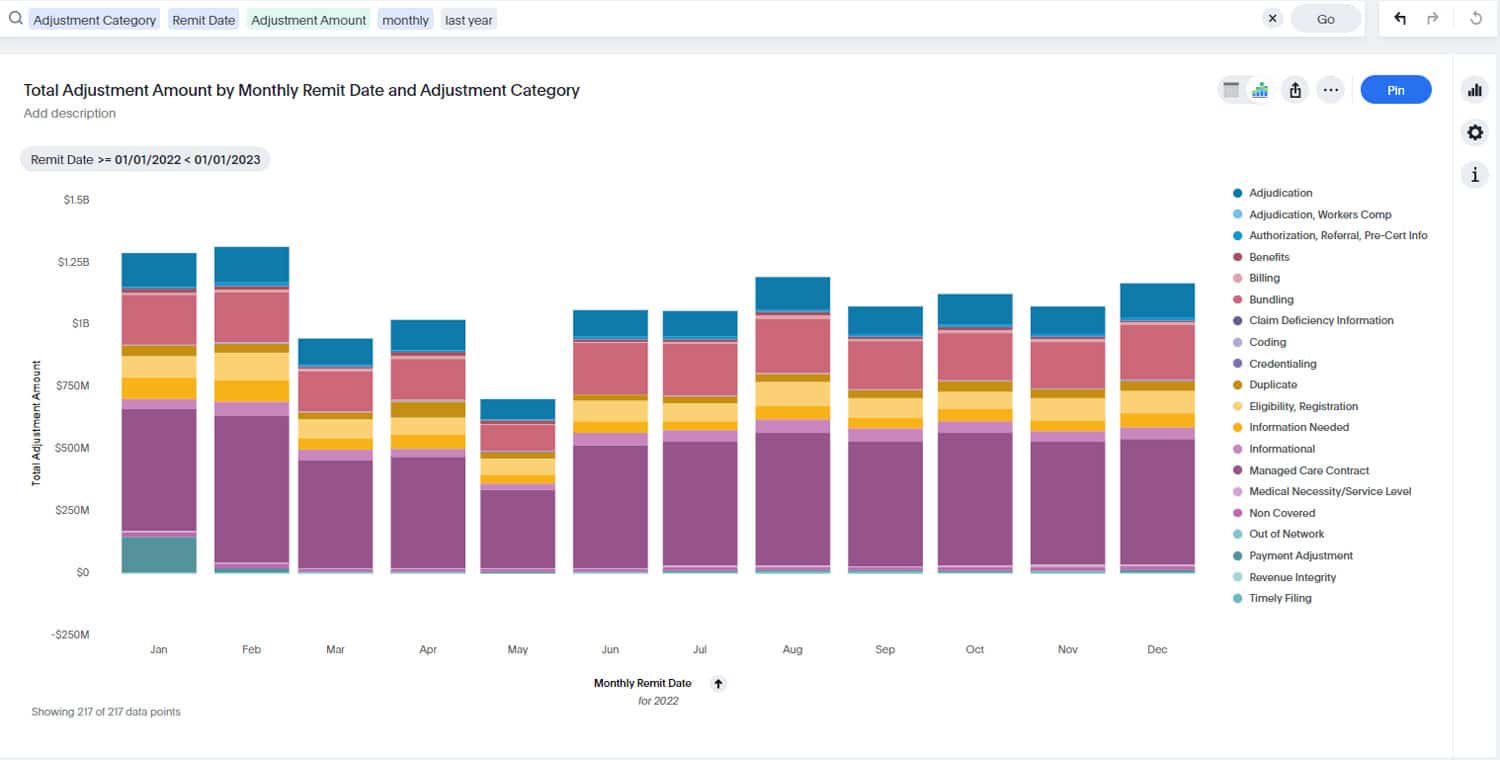In a rapidly evolving healthcare environment, proactive risk detection has become essential. Rather than relying on periodic audits, continuous risk monitoring offers real-time insight that empowers healthcare organizations to stay ahead of compliance threats and protect their revenue integrity.
What Is Continuous Risk Monitoring?
Continuous risk monitoring refers to the proactive, real-time identification, assessment, and mitigation of risks—streamlining oversight across people, processes, and systems. Unlike periodic checks, continuous approaches use automated auditing, anomaly detection, and alerting to ensure that risk issues are addressed immediately.
Why It Matters—Especially Now
- Compliance-Only Strategies Fall Short
Organizations that focus solely on meeting compliance checklists are vulnerable to emerging threats like cyber breaches and operational disruption. A risk-based strategy is essential. - Healthcare IT Leaders Are Alarmed
A recent industry survey found that 72% of healthcare IT decision-makers believe their compliance programs fall behind in addressing real-time risk, and 54% admit their current approach leaves them exposed to potential penalties and breaches (source). - Cybersecurity Risks Are Climbing
In the first half of 2025, the U.S. Department of Health and Human Services opened 307 data-breach investigations—on track to surpass all of 2024. - HIPAA Enforcement Is Tightening
New legal developments in 2025 are ushering in stricter Security Risk Analysis (SRA) requirements and proposed HIPAA modernizations mandating encryption, multifactor authentication, and social engineering training.
How Continuous Risk Monitoring Supports Compliance & Revenue Integrity
- Identify Issues in Real Time: Automated systems continuously review billing, coding, and claims data—uncovering errors like anomalies in charge capture or over-reporting before they escalate.
- Enable Rapid Remediation: When flagged, issues are swiftly addressed through integrated audit workflows that align technology with human oversight.
- Strengthen Cyber Defenses: Continuous monitoring detects unexpected data transfers or unauthorized system access—bolstering proactive cybersecurity.
- Align with Regulatory Mandates: Robust real-time detection and tracking build compliance evidence for heightened HIPAA enforcement and payer audits.
- Improve Financial Outcomes: Catching anomalies early reduces denial rates, improves first-pass yield, and strengthens revenue integrity.
Example in Action
A mid-sized healthcare provider noticed an uptick in denials due to miscoded procedures. Through continuous risk monitoring, anomalies were flagged within 24 hours. A reviewer investigated, uncovered a pattern of outdated coding staff training, and took corrective action within 48 hours—averting a projected $200K in lost revenue that month.
Action Steps to Implement Continuous Risk Monitoring
- Map key risk areas—e.g., coding accuracy, charge capture, denial patterns, cybersecurity anomalies.
- Integrate analytics with workflow tools to flag exceptions and route them for review.
- Establish thresholds for alerts so only material deviations trigger action.
- Review flagged events rapidly, correct them, and refine monitoring triggers.
- Document all steps and findings to support compliance audits.
- Build cross-functional governance with RCM, compliance, cybersecurity, and analytics teams collaborating.
Conclusion
Shifting from periodic compliance audits to continuous risk monitoring equips organizations to tackle increasing regulatory pressures, cybersecurity threats, and billing complexities in real time. The result is stronger compliance, fewer errors, and enhanced revenue outcomes—making it a vital component of a modern revenue integrity platform.







